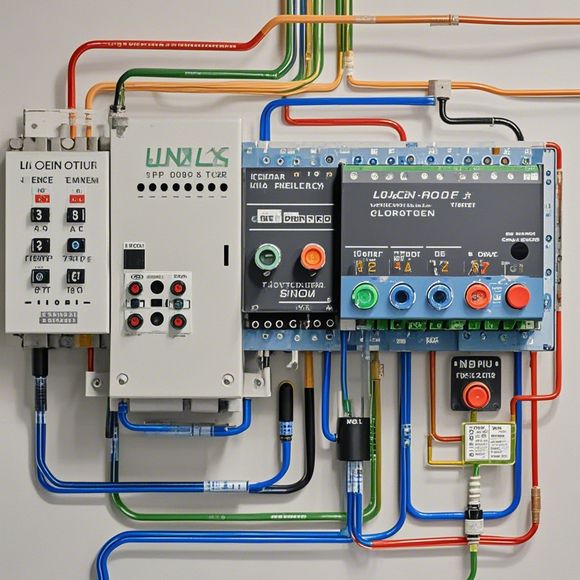PLC stands for Programmable Logic Controller
PLC stands for Programmable Logic Controller. It is a type of computer system designed to automate industrial processes, such as manufacturing or transportation. The PLC can be programmed with various algorithms and commands to perform different tasks, such as controlling the speed of a motor or monitoring the temperature of a furnace. It has become increasingly popular in the automation industry due to its ability to provide reliable and efficient control over complex systems. In addition to its use in manufacturing and transportation, PLCs have also been widely adopted in other industries, such as healthcare and finance, for their ability to process large amounts of data and make quick decisions based on that data.
In layman's terms, a Programmable Logic Controller (PLC) is an electronic device designed to control and monitor industrial processes. It's basically like having a digital brain that can make decisions based on instructions given by humans.

Imagine you're running a factory where you need to keep track of how many bottles are being filled, the temperature inside the machines, or even when the lights should be turned on and off during the night shift. With a PLC in place, you can program it to respond to these various tasks with precision and accuracy.
So why do we need PLCs? Well, there are a few reasons:
1、Automation: They automate repetitive tasks so that they run more efficiently and consistently than human operators could manage alone. This means fewer errors, faster turnaround times, and less fatigue for the workers.
2、Safety: PLCs can detect potential problems before they become major issues. For example, if the temperature inside a machine suddenly spikes, the PLC can shut down the process to prevent damage or injury.

3、Flexibility: They can be programmed to handle different types of jobs and situations. So if you need to switch from filling bottles to making cakes, you just change the programming code.
4、Cost-effectiveness: In comparison to hiring full-time staff for each task, PLCs can be much cheaper to maintain and operate. Plus, they don't need breaks or holidays, meaning you can always have someone working.
5、Integration: Many modern PLCs can connect to other systems in the factory, such as computerized inventory management or customer relationship management software. This makes your operations more streamlined and efficient.
So, next time you hear about a new system or tool in the factory, think about how it might be a PLC. It's not just about saving time and money; it's about ensuring that everything is running smoothly and safely. And with the right programming, it's also possible to create some really innovative solutions that would have been unthinkable just a few years ago.

Content expansion reading:
Articles related to the knowledge points of this article:
Mastering the Art of Plc Controllers: A Comprehensive Guide to Understand and Implement
PLC Programming for Automation Control in the Manufacturing Industry
How to Use a PLC Controller for Your Business
PLC (Programmable Logic Controller) Control System Basics
Plumbers Rule! The Role of PLC Controllers in the World of Waterworks
The Role of Programmable Logic Controllers (PLCs) in Foreign Trade Operations